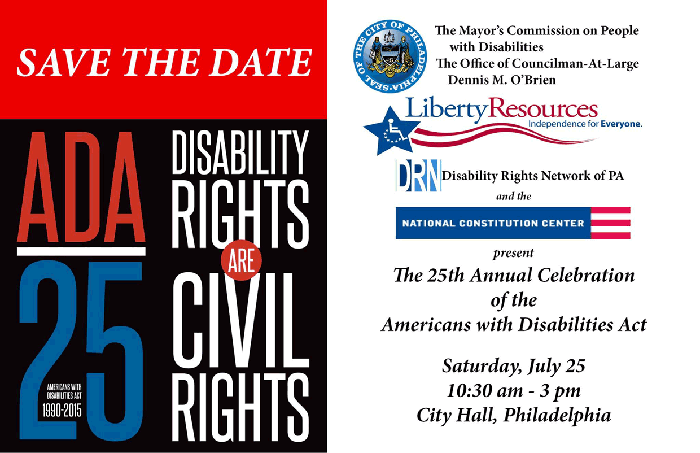 Americans with Disabilities Act at The Art Gallery in City Hall
Americans with Disabilities Act at The Art Gallery in City Hall
“The Americans with Disabilities Act of 1990 (ADA) is a law that was enacted by the U.S. Congress in 1990. In 1986, the National Council on Disability (NCD) recommended enactment of an Americans with Disabilities Act (ADA), and drafted the first version of the bill which was introduced in the House and Senate in 1988. Senator Tom Harkin (D–IA) authored what became the final bill and was its chief sponsor in the Senate. Harkin delivered part of his introduction speech in sign language, saying it was so his deaf brother could understand. It was signed into law on July 26, 1990, by President George H. W. Bush, and later amended with changes effective January 1, 2009.
The ADA is a wide-ranging civil rights law that prohibits discrimination based on disability. It affords similar protections against discrimination to Americans with disabilities as the Civil Rights Act of 1964, which made discrimination based on race, religion, sex, national origin, and other characteristics illegal. In addition, unlike the Civil Rights Act, the ADA also requires covered employers to provide reasonable accommodations to employees with disabilities, and imposes accessibility requirements on public accommodations.
ADA disabilities include both mental and physical medical conditions. A condition does not need to be severe or permanent to be a disability. Equal Employment Opportunity Commission regulations provide a list of conditions that should easily be concluded to be disabilities: deafness, blindness, an intellectual disability (formerly termed mental retardation), partially or completely missing limbs or mobility impairments requiring the use of a wheelchair, autism, cancer, cerebral palsy, diabetes, epilepsy, Human Immunodeficiency Virus (HIV) infection, multiple sclerosis, muscular dystrophy, major depressive disorder, bipolar disorder, post-traumatic stress disorder, obsessive compulsive disorder, and schizophrenia. Other mental or physical health conditions also may be disabilities, depending on what the individual’s symptoms would be in the absence of “mitigating measures” (medication, therapy, assistive devices, or other means of restoring function), during an “active episode” of the condition (if the condition is episodic). Certain specific conditions, such as kleptomania, pedophilia, exhibitionism, voyeurism, etc. are excluded under the definition of “disability” in order to prevent abuse of the statute’s purpose. Additionally, other specific conditions, such as gender identity disorders, are also excluded under the definition of “disability”. – Wikipedia
ADA 25, The 25th Annual Celebration of the Americans with Disabilities Act at The Art Gallery in City Hall Philadelphia City Hall Council Room, Dennis M. O’Brien, Councilman-At-Large for the City of Philadelphia.
The kick-off party for ADA25 began in the ornate meeting room with speeches by many leading advocates for the arts. The speakers talked about how art helps people with disabilities be creative, involved in the community and understood by the public. Disability rights equals civil rights even when it’s not visible to the eye. When Tu Huynh, director of The Art Gallery at City Hall, asked me to participate in ADA25 I was hesitant because I have already experienced discrimination over my status as a disabled person. Just last week a friend told me she thought the ‘rules’ should be changed to define disability. It’s ironic that being skinny equals being healthy in the eyes of many people. The memes associated with disability, entitlements and access are plentiful, some accurate and some loaded with disinformation. Defining a group that is so fluid and diverse is described with eloquence in Creative Voices, ADA 25.
Looking good is one thing, feeling good is another. No wheelchair, I don’t breath through a ventilator, vision and hearing still functional but my ability to work full time is restricted because of chronic illness. At the ADA25 party I met a wonderful painter named Romaine Samworth who is elderly but was absolutely beautiful and stylishly dressed. Blind since childhood but she looks great, fabulous even in a pink pant suit with enviable dark shades. Unless you have x-ray vision there is no way to visibly diagnose others and misconceptions are many, invisibility is a big issue for people living with chronic illness. I trust Tu and the committee at Art in City Hall, and decided to ‘out’ myself as a disabled artist. It was a surprise when I saw the other artists included in the ‘professional artist’ group at how I knew many of the other artists from the Philadelphia art scene.
Creative Voices, ADA 25, The 25th Annual Celebration of the Americans with Disabilities Act at The Art Gallery in City Hall
The Art Gallery in City Hall brings visitors into the world of the Philly contemporary arts scene. Focusing on the disabled artist community sheds light in corners where difficult questions hide. Talking about ‘disability’ is so important, the conversations are difficult but as my blog mentor Todd Hestand said, ‘Use your words.’ At the artist reception there was a lot of talking across groups with information shared about the social, political, physiological and psychological healing powers of art. Everyone agrees art is effective but there are still so many obstacles to overcome, hurdles to jump, red tape and excuses to achieving equality for persons with disabilities.
Councilman-at-Large, Dennis M. O’Brien‘s advocacy for disabled people and the arts is to be commended and supported, his speech was informative, emotional and funny. Having a political asset in City Hall to advocate and more importantly implement measures to create an environment in Philadelphia where disability is not just a word but a concept, a state of being, that can be understood and described. Using his words, Mr. O’Brien is able to bridge the information gap between social and political systems. Having the reception in the his chamber at City Hall was delightfully exciting, the space is artfully ornate and beautifully appointed, meeting the artists, advocates, care-givers, civic leaders and influencers in such a memorable situation helps inform and unite the community around civil rights problems and solutions.
“Dennis M. O’Brien is Councilman-At-Large for the City of Philadelphia. He is a lifelong Philadelphian, public servant and tireless advocate for justice, public safety and individuals with disabilities. Since joining City Council in 2012, Councilman O’Brien has passed legislation and moved initiatives to make Philadelphia a better and safer place to live, work and visit.
Councilman O’Brien serves as the Chair of the Committee on Disabilities and Individuals with Special Needs and has advanced some meaningful issues. Earlier this year, the committee examined the state of education, career development and housing for people with physical, psychiatric, sensory, intellectual and developmental disabilities in a series of hearings.” – Dennis M. O’Brien
Creative Voices, ADA 25, The 25th Annual Celebration of the Americans with Disabilities Act at The Art Gallery in City Hall
Philadelphia fine artists Nancy Alter, DoN Brewer, Elizabeth Core, Gerard di Falco, Eiko Fan, Terri Fridkin, Beth Ann Johnson, David Neisser, Tecu’Mish Munha’Ke and Carol Saylor are represented in The Art Gallery in City Hall for the ADA 25 celebration show. The exhibition shows the diversity and ubiquity of artists with disabilities and their influence on the Philly art scene. The installation is innovative and enchanting, the curators at Art in City Hall have good taste in art and themselves are important influencers to the cultural vibe of Philly. For me, proving a space to show my work that is so central to the discussion around the importance of art to the success of the city is gratifying. Connecting the dots between the creative economy and it’s effects on the individual is finely drawn with examples of fine art associated with the gallery scene.
Creative Voices, ADA 25, The 25th Annual Celebration of the Americans with Disabilities Act at The Art Gallery in City Hall
“My fascination with printmaking is influenced by the fusion of techniques along with the sudden effects generated by the press. The intuitive creative process is guided by inks, matrices, and paper as the composition develops a strong graphic imagery. This result is achieved by using multiple plates with transparent and opaque layers of soy-based inks, water-based inks, and acrylics. Collage elements and mixed media enhance the image. Experimentation, invention, and discovery, are the driving forces that inspire me.” –Teri Fridkin
DoNArTNeWs shared a post about Teri Fridkin‘s solo show last year at Muse Gallery in Old City. Here’s a short excerpt:
“Terri Fridkin is a National Honor Society Graduate of Drexel University Nesbitt College of Design Arts. She worked in the industry for many years and took classes in different media, finally finding herself in a printmaking class. This fueled her lifelong passion for art so she left work to devote more time to fulfill this dream, studying printmaking at various studios and art centers in Pennsylvania and New York.
Since exhibiting her work in 2012, Terri Fridkin has been in numerous invitational and juried shows. Selected exhibitions include Woodmere Art Museum, The State Museum of Pennsylvania, City Hall in Philadelphia, Widener University and various art centers and diverse venues in the tristate area. Terri is a member of MUSE Gallery, The American Color Print Society, and The Cheltenham Guild of Printmakers. Her work is in private collections in New York and Pennsylvania.”
Creative Voices, ADA 25, The 25th Annual Celebration of the Americans with Disabilities Act at The Art Gallery in City Hall, “A-O-X” by James Sanders, from Cultural Arts Center, part of SpArc Philadelphia family of organizations including The Arc of Philadelphia and SpArc Services.
“SpArc Philadelphia is the parent company of a family of organizations that provides services to individuals with disabilities and helps them to achieve independence through choice, self-determination, inclusion and community connections. SpArc Philadelphia operates as the financial manager for The Arc of Philadelphia and SpArc Services.
Founded in 1948 by parents who sought better services for their children, The Arc of Philadelphia is one of the first Arc chapters in the United States. The parents who created The Arc labored tirelessly for the equal rights and human dignity of people with disabilities at a time when institutionalization was the norm. In subsequent years, The Arc, through its staff and membership, has become a powerful voice in shaping the service landscape for people with disabilities. In 1990, The Arc formed a service provision arm, SpArc Services, to focus on a mission of vocational training and independent, competitive employment.” – SpArc Philadelphia
ADA 25, The 25th Annual Celebration of the Americans with Disabilities Act at The Art Gallery in City Hall, The Victorian Lady McAllister, Jennifer Williams from Cultural Arts Center, part of SpArc Philadelphia family of organizations including The Arc of Philadelphia and SpArc Services.
I love this painting. Jennifer Williams captures the character of a the Victorian style in a contemporary composition based on color fields, descriptive shapes and text to portray an ideal of glamour and beauty. Portraiture describes the human condition, preserving the observation in marks and tones in a visual language universally understood. Painting is about communicating, Jennifer Williams’ creative voice is succinct and inspiring with historical significance embedded in the narrative.
ADA 25, The 25th Annual Celebration of the Americans with Disabilities Act at The Art Gallery in City Hall, Skyler, HMS School for Children with Cerebral Palsy,
Skyler, a student artist from the HMS School for Children with Cerebral Palsy. Skyler’s work is on display in The Art Gallery in City Hall and on the 2nd Floor, NE corner of City Hall along with the artwork of other HMS School student artists as part of Art in City Hall’s “Creative Voices – The ADA at 25” exhibition.
“HMS School for Children with Cerebral Palsy, located in the University City neighborhood of Philadelphia, serves school-age children and young adults through age 21 who have complex, multiple disabilities usually resulting from cerebral palsy, traumatic brain injury or other neurological impairment. Renowned for our success in empowering students, HMS’s day and residential programs maximize achievement and promote independence. Every child flourishes in our nurturing, respectful environment.” – HMS School for Children with Cerebral Palsy
Embedded in this statement is an important meme about the terms disabled artists must agree to. After graduating from the life altering, empowering service and training HMS School for Children with Cerebral Palsy where do they go? What is the plan for life long accessibility to the arts and culture of our creative economy for artists living with disabilities? Creative Voices provides a public forum for the benefits of art on individuals, communities, the economy and the social fabric of how civil rights is woven into disability rights.
Written by DoN Brewer except where noted.
Read the Art in City Hall press release for Creative Voices on DoNArTNeWs
Like Art in City Hall on facebook
Like DoNArTNeWs Philadelphia Art News Blog on facebook
Follow DoN on Twitter @DoNNieBeat58
DoNArTNeWs on Tumblr
@donniebeat on Instagram
More DoNArTNeWs at www.brewermultimedia.com
Affiliate Marketing Disclosure Statement
Donate via safe and secure PayPal in the sidebar.
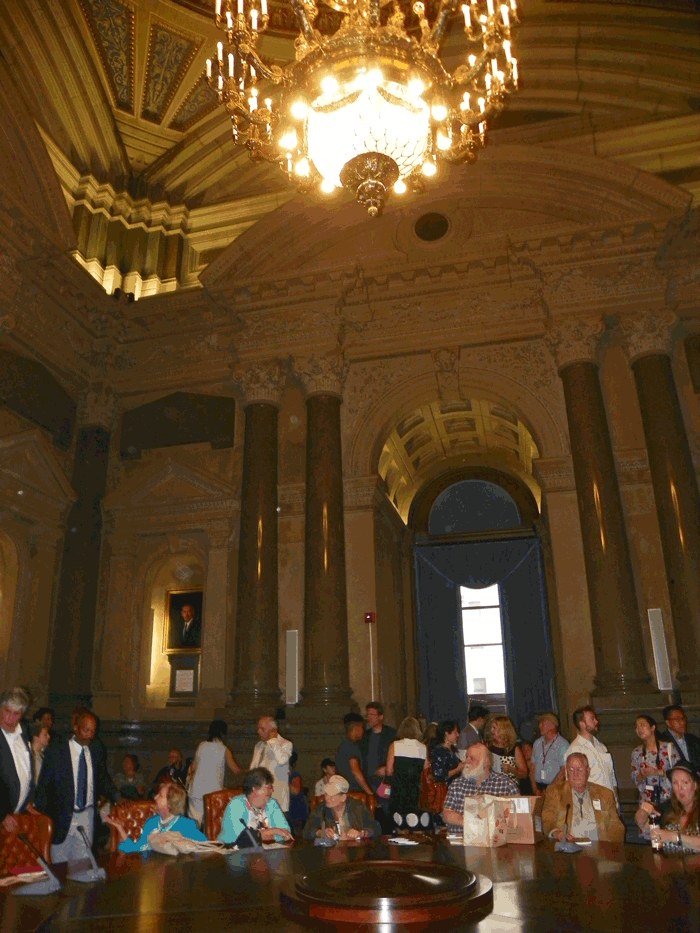
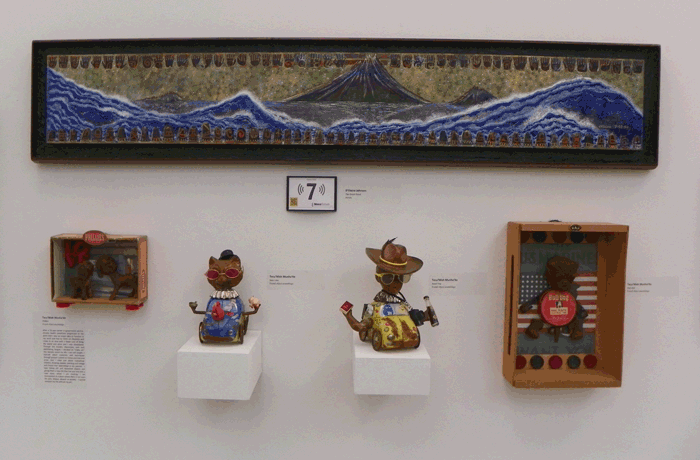
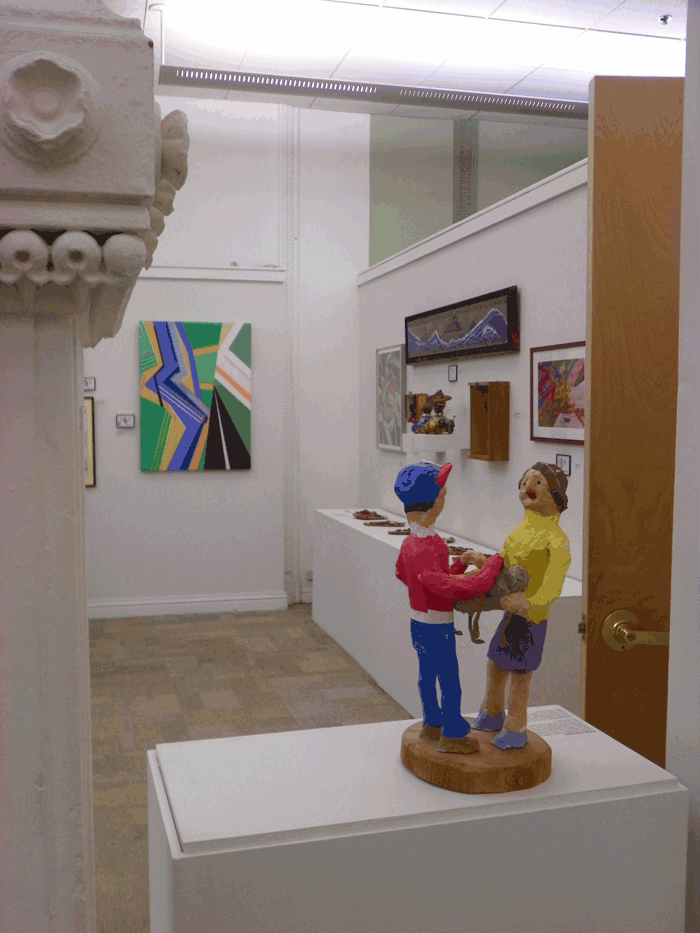
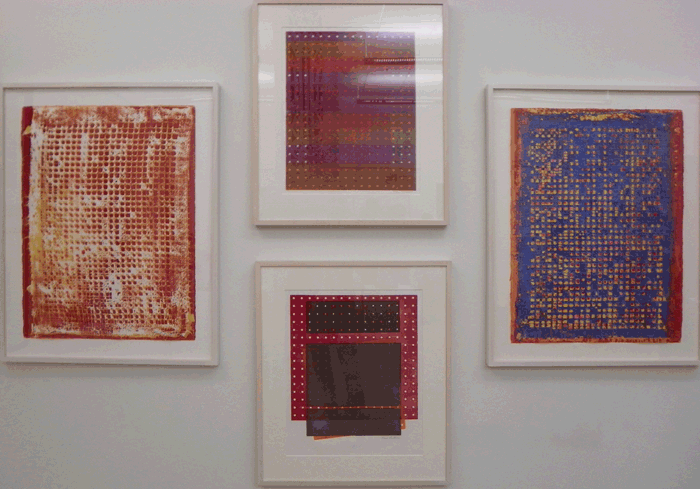
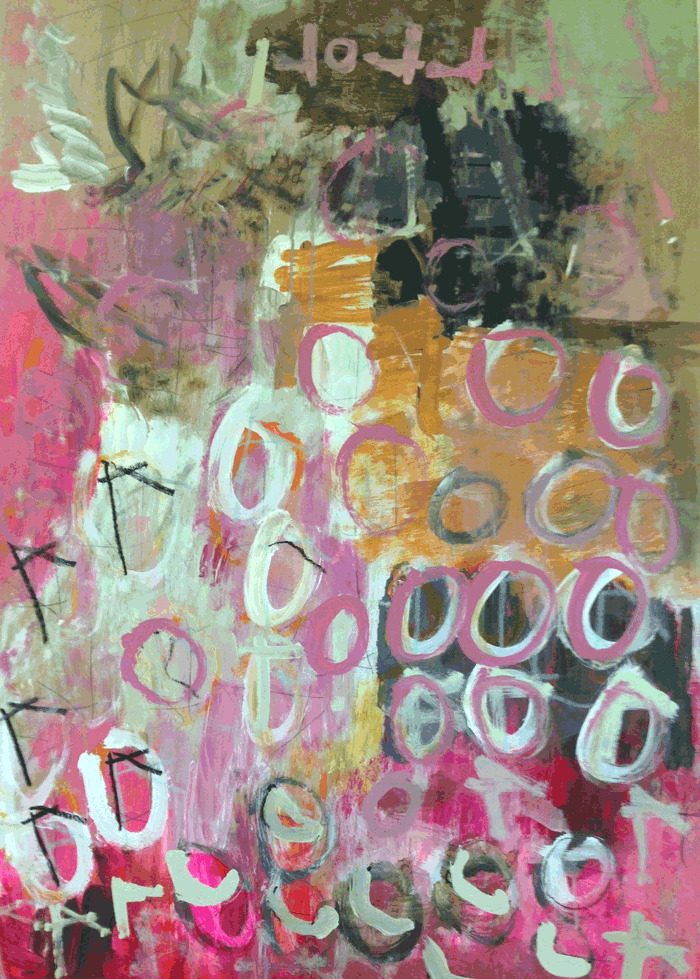
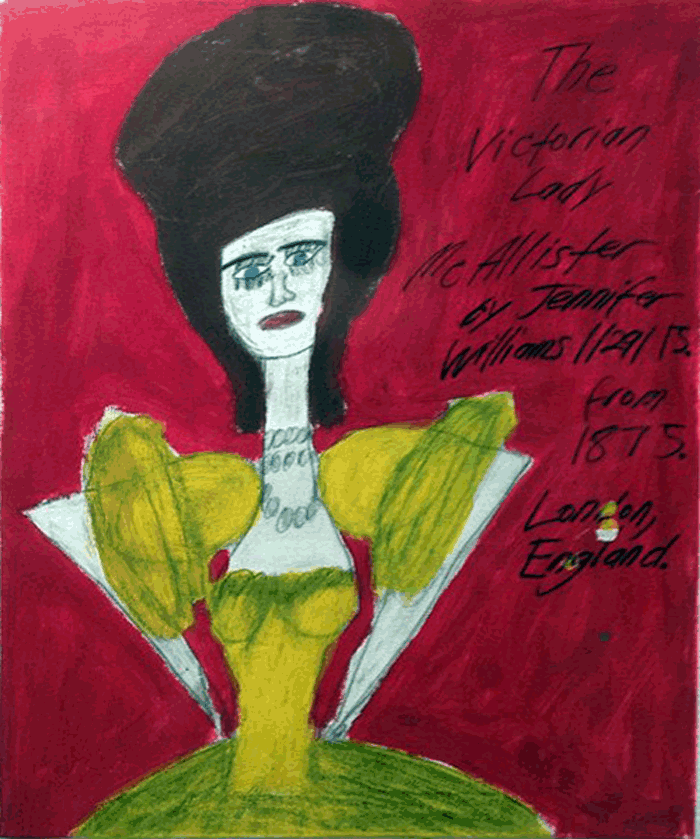
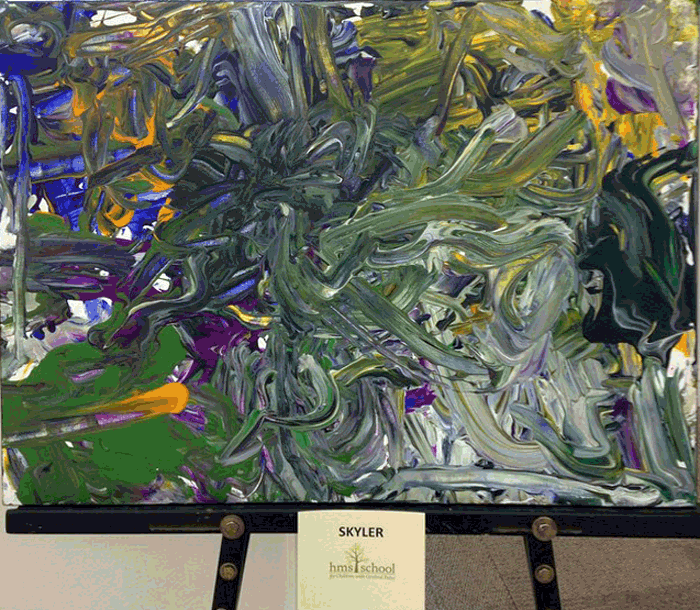



{ 0 comments… add one now }
You must log in to post a comment.
{ 1 trackback }